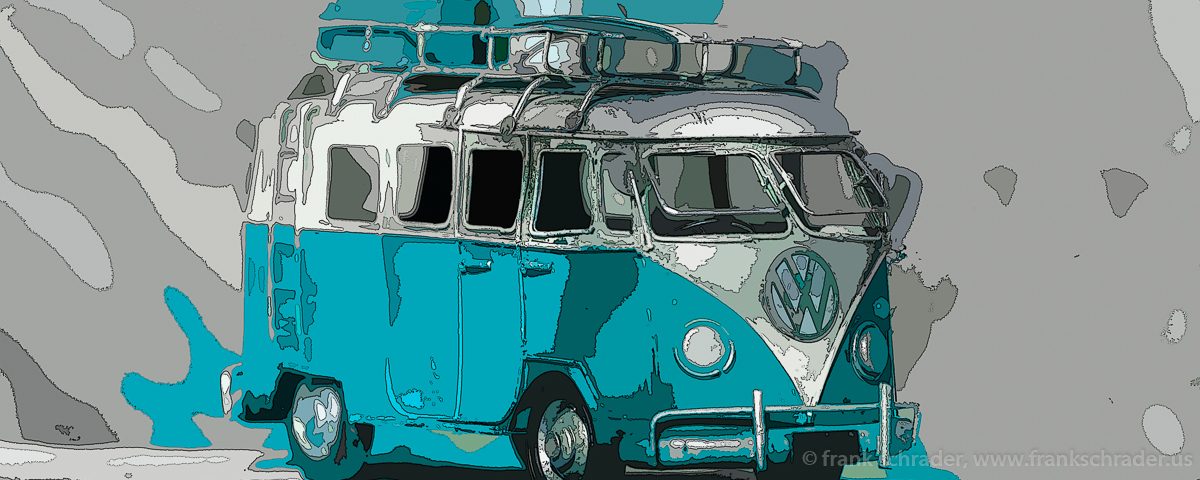
July 2019: Woodstock 50 Festival has been cancelled.
The 50th anniversary Woodstock Festival was scheduled for August 16-18, 2019 on the original Woodstock site.
Website: www.bethelwoodscenter.org
History of Woodstock ’69
On three days from August 15 to 17th happend THE Music Festival larger than life: Woodstock ’69.
The festival name originated from the venue that was planned originally: Woodstock, New York State. Woodstock was also home to Bob Dylan.
But the venue was moved to Bethel in Sullivan County (60 mi from Woodstock) before the festival started. Today visitors find a small gravestone like memorial at West Shore / Hurd Road, Bethel, NY.
The festival was funded and organized by Max Yusgur, John Roberts, Joel Rosenman, Artie Kornfeld, and Michael Lang. Roberts, heir of a drugstore or pharmaceutical company, sponsored allegedly the major portion of the money: Woodstock cost is estimated to 2.5 million Dollars.
Max Yusgur was the dairy farmer who offered the ca. 150.000 square meters of land where the festival took place. It was a last minute offer after other venue location plans fell through due to the fact that towns and cities got cold feet.
None of the organizers was very experienced in setting up such big event. Even when they expected ‘only’ 200.000 people to show up and couldn’t foresee the nearly half million that flocked to Bethel… the festival was lousy organized due to the fact that they had not much time to setup the new location after they had to abandon all so far built structures at the original location.
It meant to start over on Max Yusgur’s land and they had not enough time and money to rebuilt all structures — a few days before the event they had to make the decision to complete the stage or the surrounding fences. The stage was more important, of course, and that was the decision. Lacking the fences meant that people just started to flood the location and nobody paid. Organizers discussed how to charge the admission and couldn’t come up with a working idea — the event became a free event after a few hours.
Chaos, but a calm and peaceful one, set in: Too few restrooms, not enough drinking water, not enough medical personnel, and eventually the festival ran out of food as well. Nearby residents helped out and actually helped thereby to keep the festival alive for 4 days. All was a big peaceful community event. Smoking joints was common and cell phones did not exist at that time. Woodstock represents the counterculture that was (and still is) feared by politicians. Ronald Reagan had no sense for hippies, protesting against Vietnam and no need to say he hated any sort of drugs. Woodstock was just an evil event in his eyes. It was New York governor Nelson Rockefeller who wanted to shut down the event by sending the National Guard – luckily he could be persuaded not to use such drastic measures and instead military helicopters were used to bring in food, supplies and artists.
It was ’69, the time of the rising counterculture, Flower Power was on it’s way. Volkswagen vans, painted in flashy colors, long-haired folks, sparely dressed or in colorful T-Shirts, slightly stoned… yeah, that’s what Woodstock stood and stands for. Even worse than the organization was the weather on the last day. It rained, the venue became muddy, people and location began to smell lacking sanitary equipment, …but again: who cares? Everybody had fun, was happy, and they all made Woodstock a legend. Later generations could only regret not having been at the right place at the right time when Joe Cocker, Santana, Jimi Hendrix (died Sep 18, 1970), Janis Joplin (died Oct 4, 1970), The Who, Jefferson Airplane, Crosby/Stills & Nash, and others rocked in Bethel.
Those who attended the spectacle call themselves: the Woodstock Nation.
Woodstock II in 1994
In 1994 it was tried to revive and relive the old times: Woodstock II took place. The only thing that was comparable to Woodstock ’69 was the rain. Anyhow, it was a fantastic and successful concert with mega groups and artists like Metallica, Melissa Etheridge, Joe Cocker, Salt-n-Pepa, and others.
Woodstock 50
2019 marks the 50th anniversary of Woodstock and the event was already planned and announced. In July 2019 the plug was finally pulled after a number of set-backs -as the organizer call it- didn’t leave any room to proceed. It is said that their funding partners got cold feet and who knows… In the end it seems likely that the establishment and many politicians also have no interest in seeing the revival of an event and may be counter-culture that was already hated in the 60’s — politicians do not like protestors, and they are probably happy to have something achieved over the decades after the 70’s: people, especially Americans were tamed, protest is not their thing and free speech can nowadays be limited in several ways (for example by permits requirements, locations, etc.). Well, actually since a controversial Trump administration Americans have very much started to protest again… So, Woodstock 50 would have taken place in a time when America has an unpopular president (Trump) who faces already major protests, domestic and overseas — what would have happened at Woodstock 50? Nobody knows.

